On June 25, 2020, employees of the Borodulikha aviation department discovered 8 fires
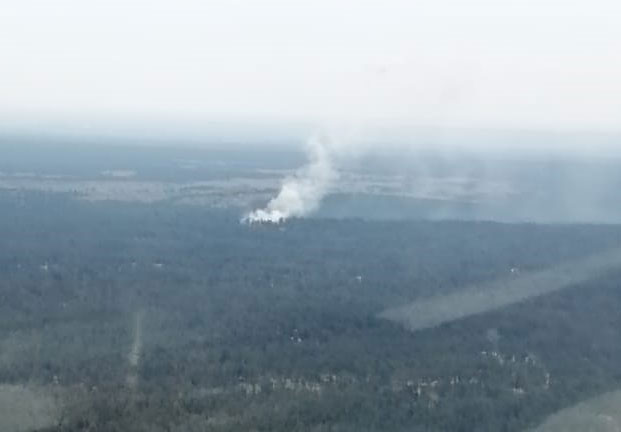

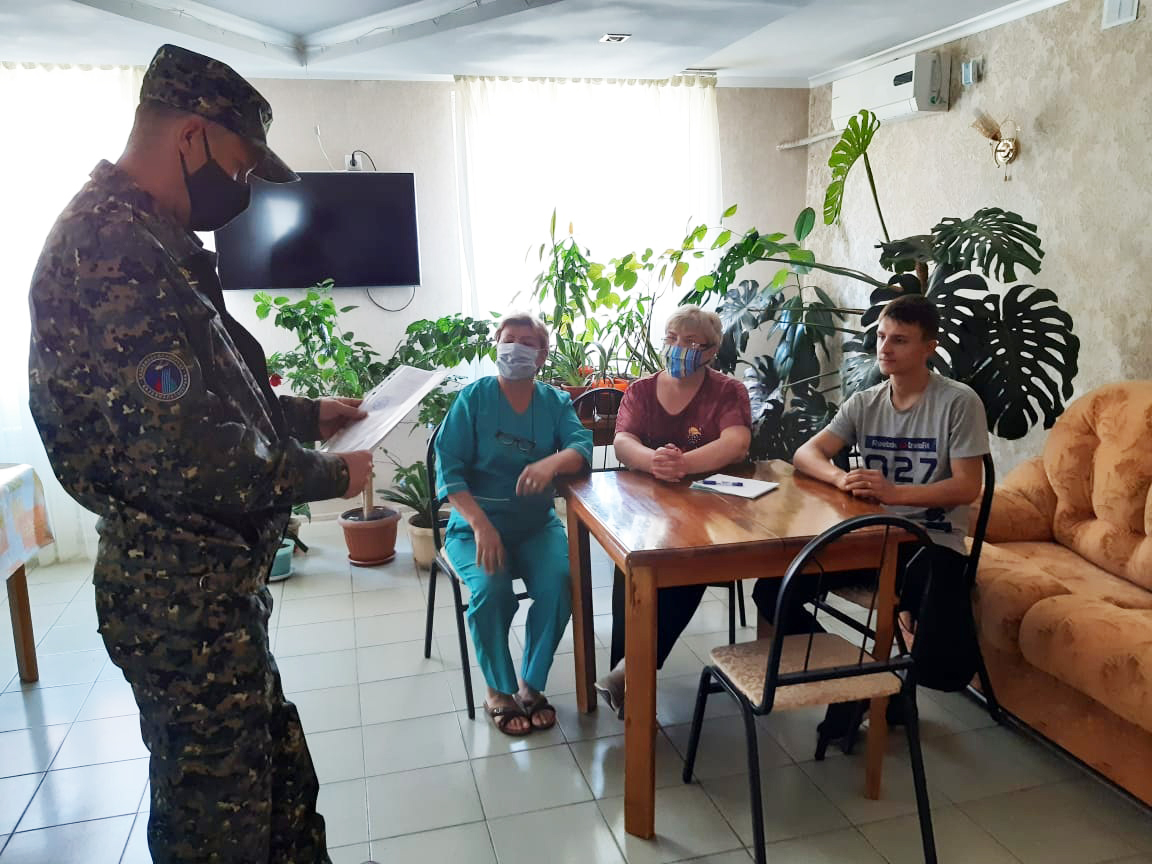
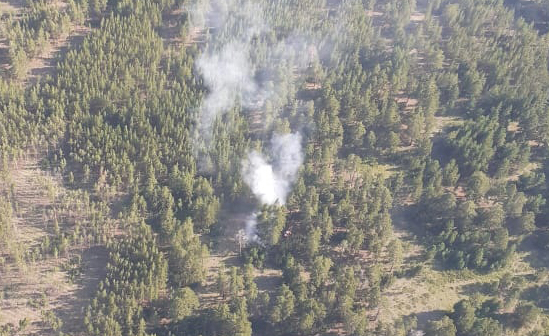
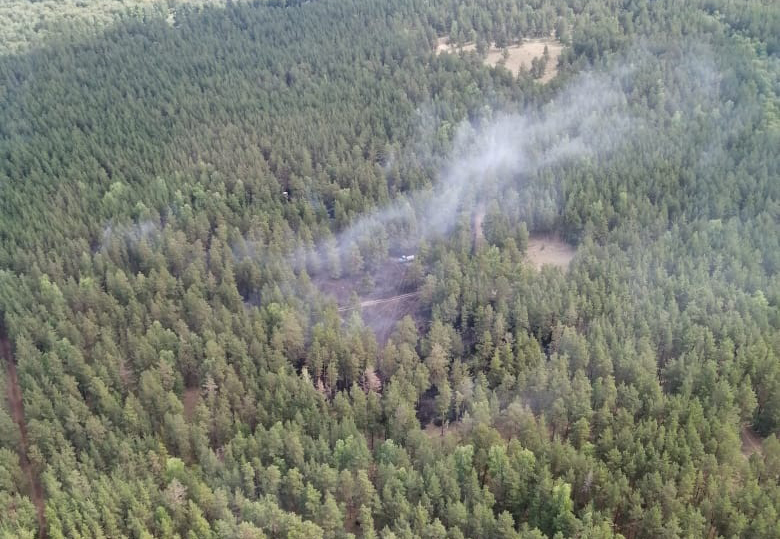
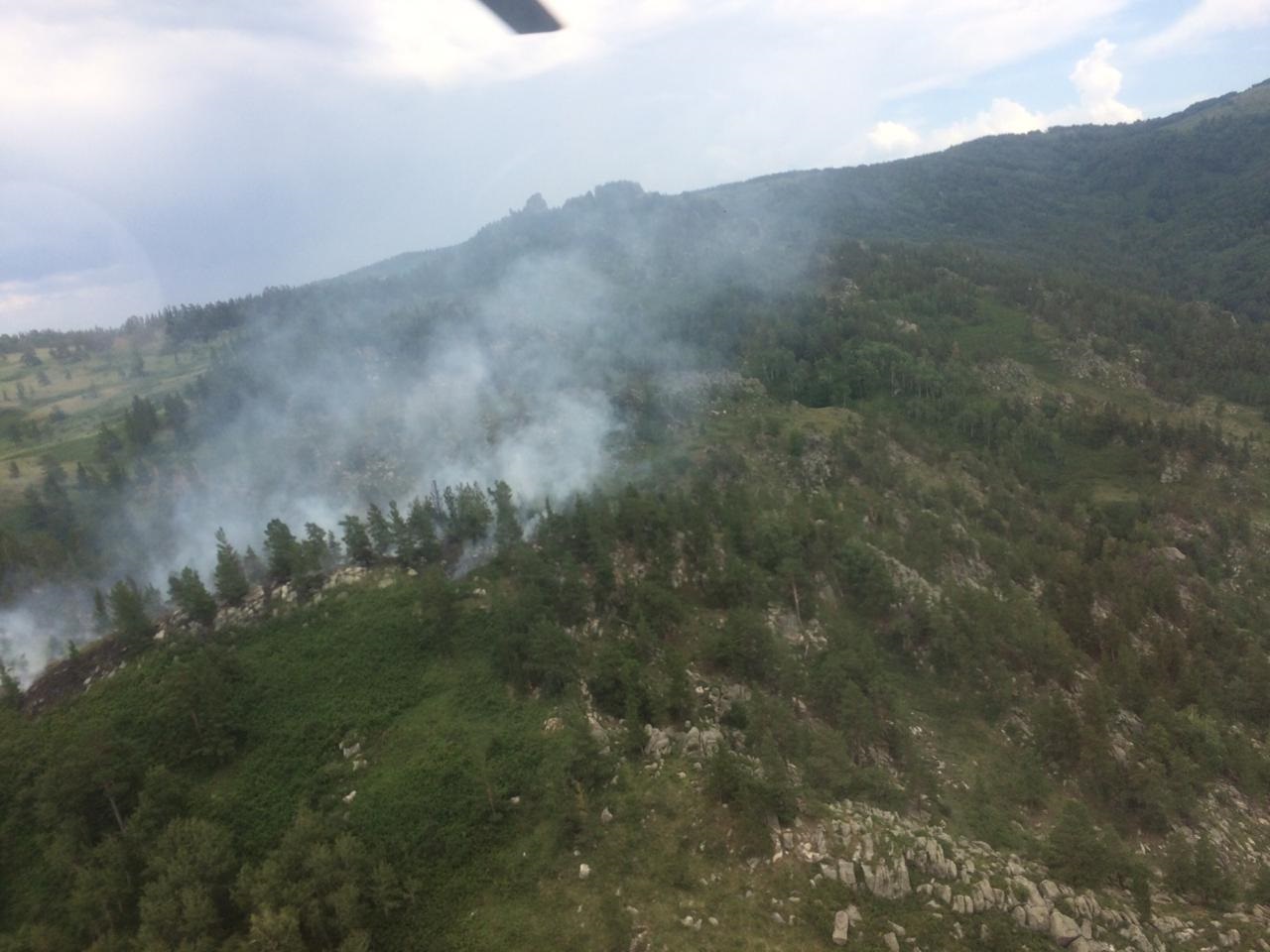
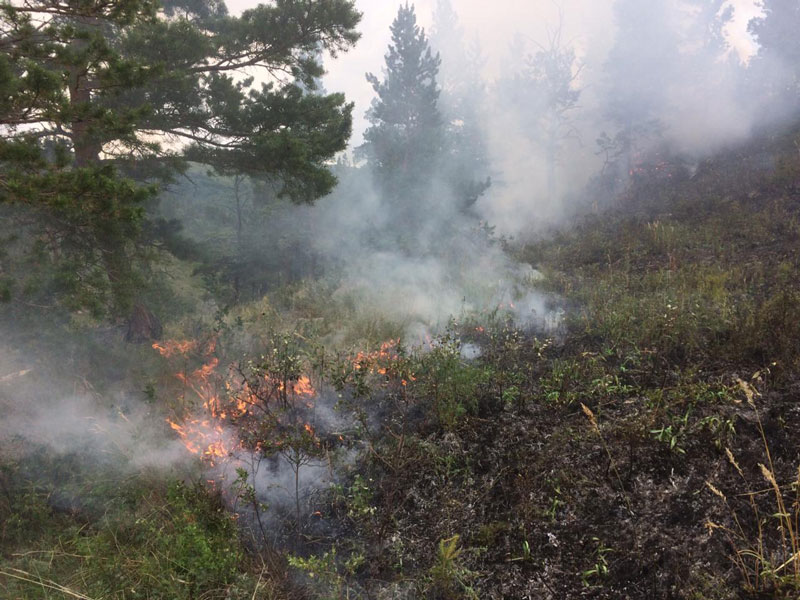
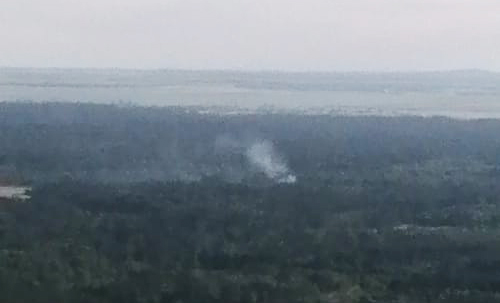
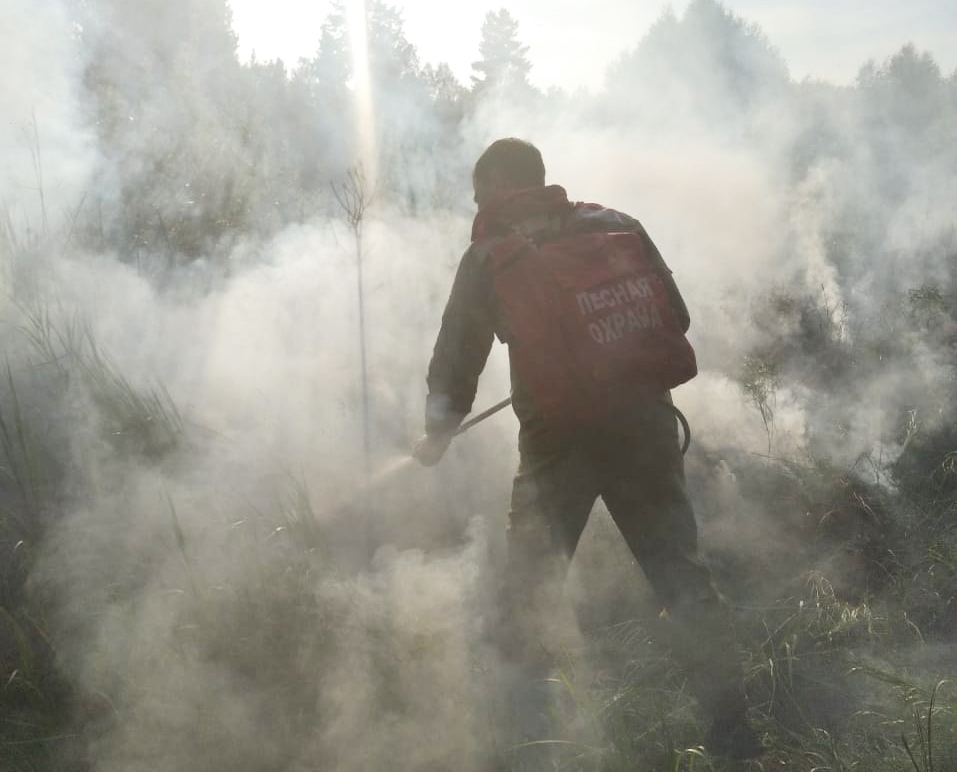
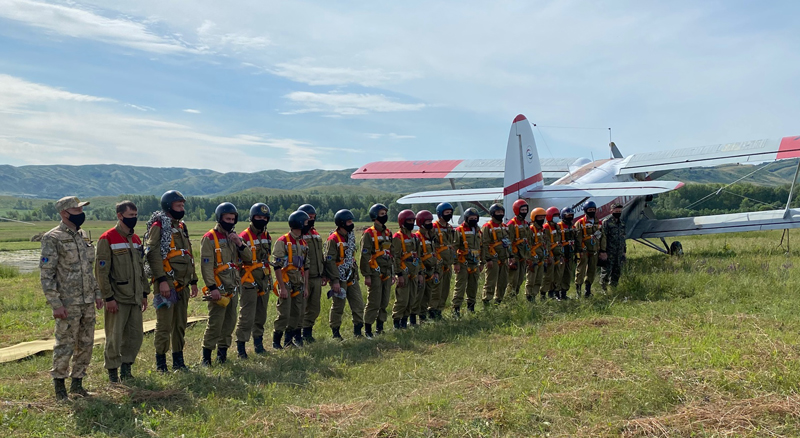
A helicopter can get as close to the ground as the crowns of trees allow. Some paratrooper firefighters have over 50 helicopter descents. They put out fires in different regions of the country. The practical skills of the "forest special forces” were trained by experienced mentors - deputy director, head of the fire service, heads of the aviation department and observing pilots.
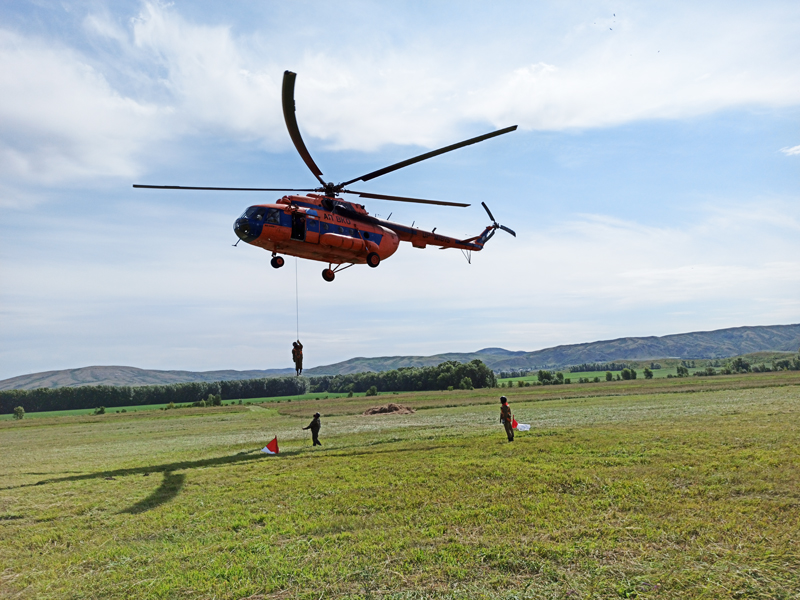
DESCENT DEVICE - a device that allows people and cargo to be descended to workplaces from a helicopter hovering over a forest canopy or other natural object where helicopter landing is not possible. The first drum-type fire-fighting trigger device (SMS) for delivering people and fire-fighting cargo to forest fires in order to extinguish them was developed by the production and technical laboratory of the Central Base for Forest Aviation Protection. The first descents from the Mi-4 helicopter were carried out in 1956. Subsequently, in connection with the use of the Mi-8 helicopters airborne security, it was developed, and in 1979 a roller-type launching device (RMS) was introduced.

It allows for autonomous descent from a helicopter of a paratrooper-fireman or cargo weighing up to 100 kg at a speed of up to 3 m / s. It should be noted that it is not always possible to get to the area of the current forest fire by land transport, and when delivering forces and equipment by air, it is not possible to select a site for safe landing.
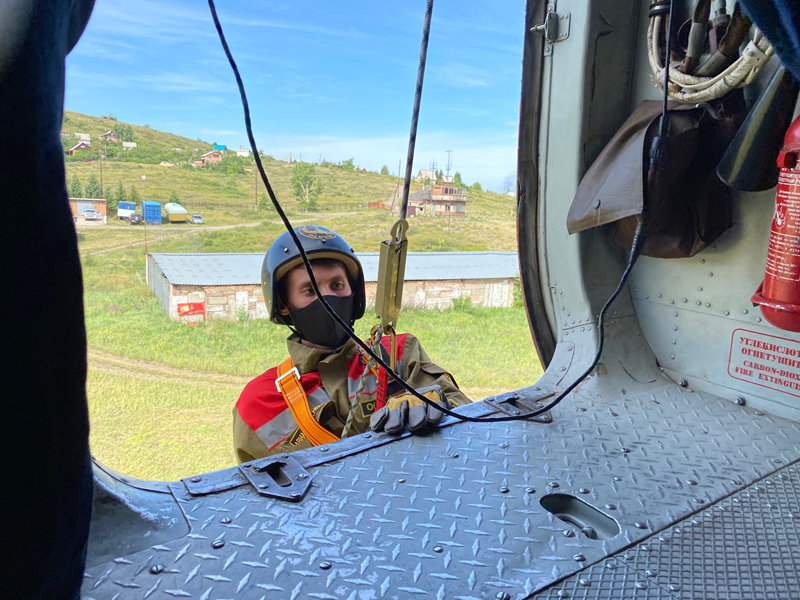
In such cases, a decision is made to land in the area of the fire using a helicopter. A pilot observer from the air selects a site suitable for descent of paratrooper-firefighters, at least 5x5 meters in size between the crowns of the trees.
When deciding to perform descents and choosing a place for descent, the issuer asks the helicopter commander, "Let me get ready for the descent." Having received the answer "I allow”, he gives the command to the paratrooper-firefighters "Get ready for the descent” and puts on a safety belt or a safety suspension system. The carabiner of the safety rope or cable is fixed to the power unit in the helicopter. The helicopter hovering over this "well” at a height of at least 10 meters above the tops of trees (while the height to the ground should not exceed 45 meters).
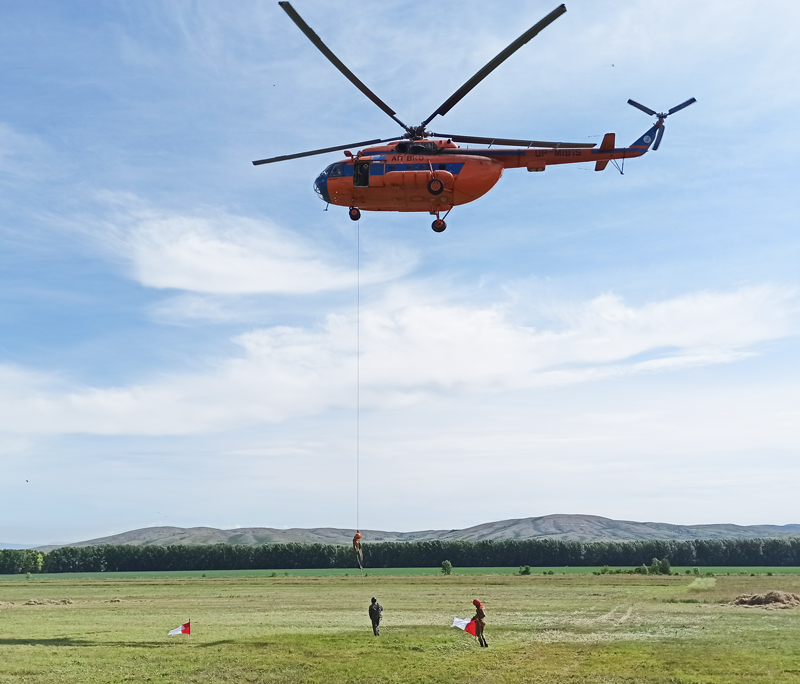
An observer pilot opens the door and drops a particularly durable (900 kg per gap) 50-meter cord, through which, with the help of a trigger roller device, airborne firefighters descend directly from the helicopter to the ground.
If the cord’s bay has blossomed and reached the ground, the SPU issuer reports to the helicopter commander: "the bay has been dropped, disbanded to the ground, allow the descent of the first” and, having received the answer: "permit,” gives the command to the first: "to descent”.
After releasing the first paratrooper-fireman, he reports to the helicopter commander: "The first has landed, permit the descent of the second."
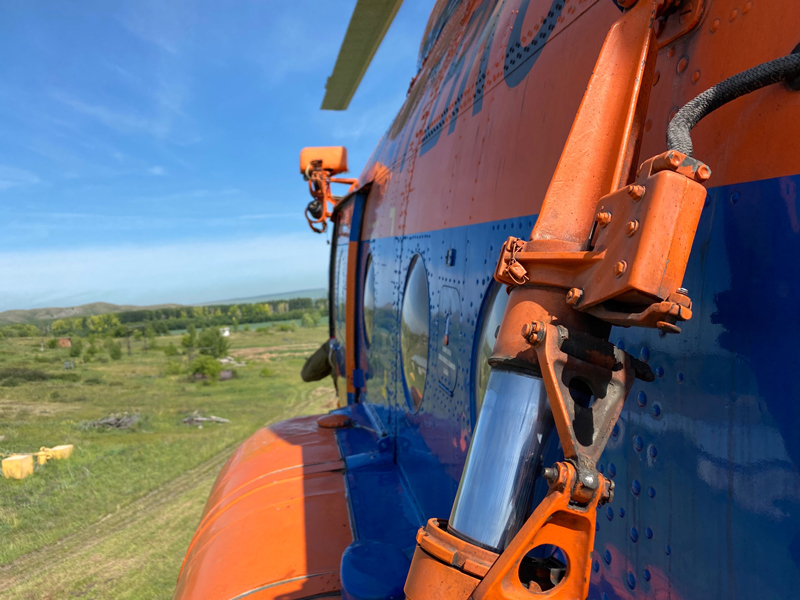
Having received permission, makes the descent of the second paratrooper-fireman, the descent is performed similarly to the first.
The first to go down is the senior group, who, having gone down, is obliged to insure the following descending paratroopers.
After the descent of the paratrooper firefighters, the issuer unhitches the carabiner of the cord from the earring and drops the cord down. The issuer reports to the helicopter commander on SPU: "The descent is finished, the cord is dropped, the door is closed."
During training, the interaction of the helicopter commander, observer pilot and paratrooper-firefighters, the descent speed (average - three meters per second), the correct landing and much more are monitored. The acquired skills will allow to extinguish forest fires in remote areas, coming to the aid of the forest from the air.